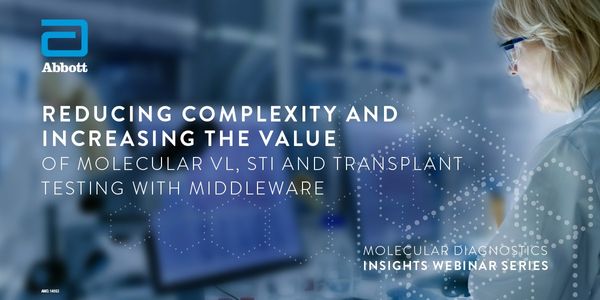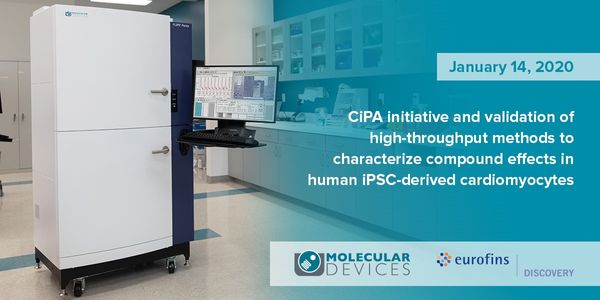Medical data
Medical data is personal information related to the diagnosis, treatment, and overall healthcare of a patient and can include details like demographic details, drugs prescribed, laboratory tests, and health insurance. Medial data is sometimes referred to as an electronic medical record (EMR) and it is protected under the Health Insurance Portability and Accountability Act of 1996 (HIPAA).
-
FEB 26, 2020 | 9:00 AMDATE: February 26, 2020 TIME: 9:00am PST 3D cell culture and analysis and the study of organoids and spheroids are becoming more prevalent as a research method in publications as traditional...Recent advances in DNA sequencing and omics-based capabilities are revealing incredible therapeutic opportunities and quickly transforming drug discovery. Molecularly targeted drugs aim to e...
Centhaquine (previously used names, centhaquin and PMZ-2010; International Non-proprietary Name (INN) recently approved by WHO is centhaquine) is being developed by us as a first-in-class re...
Speaker:
Professor Anil Gulati, MD, PhD
Presented at: Drug Discovery & Development Virtual Event Series 2020
The compendium of newly emerging and currently available hemophilia and anticoagulant treatments, while offering new choices for improved patient care, can create significant levels of inter...
Speaker:
Donna Castellone, MS, MASCP, MT(ASCP) SH
JAN 30, 2020 | 9:00 AM
DATE: January 30, 2020 TIME: 9:00am PST, 12:00pm EST Recent advances in in vitro 3D cellular culture technologies, such as organoids, rapidly developed and established novel, more physiologi...
JAN 15, 2020 | 10:00 AM
DATE: January 15, 2020 TIME: 10:00am PST Genomics, personalized medicine and cost stewardship are just a few of the forces behind the need for better management of discrete testing informati...
Speaker:
Michael D. Sutch, CPHQ (NAHQ), PMP (PMI) and MT(ASCP)
Sponsored By: Abbott Molecular Diagnostic
JAN 14, 2020 | 9:00 AM
Fecal elastase-1 – a biomarker for pancreatic exocrine insufficiency(EPI) continues to gain traction as an ideal biomarker for assessing EPI. This presentation will include a review of...
JAN 14, 2020 | 8:00 AM
DATE: January 14, 2019 TIME: 8:00am PST Drug-induced QT interval prolongation and Torsades de Pointes (TdP) arrhythmias are the leading causes for drug withdrawals from market and compound a...
Speaker:
Muthukrishnan Renganathan, PhD
, Panida Lertkiatmongkol, PhD
, Oksana Sirenko, PhD
, Carole Crittenden
Sponsored By: Molecular Devices,
Eurofins Discovery
JAN 09, 2020 | 10:00 AM
Join us on January 9, 2020 for this live webinar!...
With an increasing push to improve safety, efficacy, and efficiency throughout the drug development pipeline, researchers are evermore looking to improve the predictive capacity of their in...
The liver plays a critical role in the metabolism and clearance of more than 70% of marketed drugs. Furthermore, toxicity to the liver is a major reason for preclinical and clinical drug fai...
“The poor translatability of early-stage preclinical models is a major setback in oncology drug development. Immortalized cell lines, that are extensively used in drug screens, undergo...
Misfolded and accumulated neurodegenerative disease associated proteins (NDAPs, such as tau and alpha-synuclein) represent the major pathological hallmark in Alzheimer’s and Parkinson&...
Biomarkers are critical tools for all stages of cancer research, from drug development through clinical applications. Cancer is fundamentally a disease of unregulated cell growth and circumv...
Speaker:
Olivia Stricker, PhD
Presented at: Drug Discovery & Development Virtual Event Series 2020
























